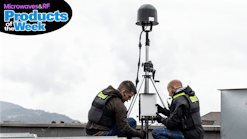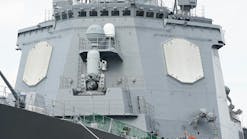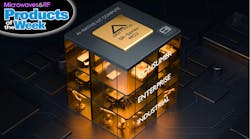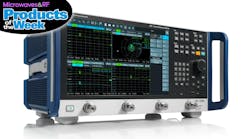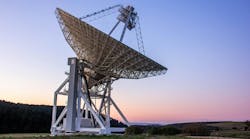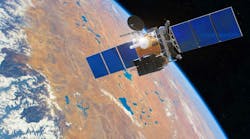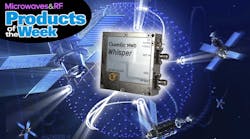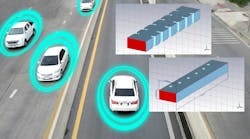Comparing Automotive Radar RF Bandpass Filter Implementations (Part 1) (.PDF Download)
Automotive radars are frequency-modulated, continuous-wave (FMCW) radars that perform both speed and position measurements of either moving or stationary targets. In the automotive industry, this concept took root in the late 1970s, when early radars of this type were bulky and costly due to their reliance on metallic waveguide technology. Over the last two decades, with the advancement of integrated circuits fabricated on BiCMOS, SiGe, InP, GaAs, and other III-IV technologies, the cost, size, and weight of automotive radar dropped rapidly.
As can be seen from the schematic of a typical RF front-end radar sensor system (Fig. 1), a very phase-stable sawtooth generator drives a millimeter-wave (mmWave) voltage-controlled oscillator (VCO). The oscillator’s output feeds a power amplifier ahead of the transmit antenna. After arriving at the receive antenna, the echo signal is mixed with the original VCO signal to produce the “beat” signal at IF frequency, which is further amplified and processed by means of either analog or digital circuitry.
